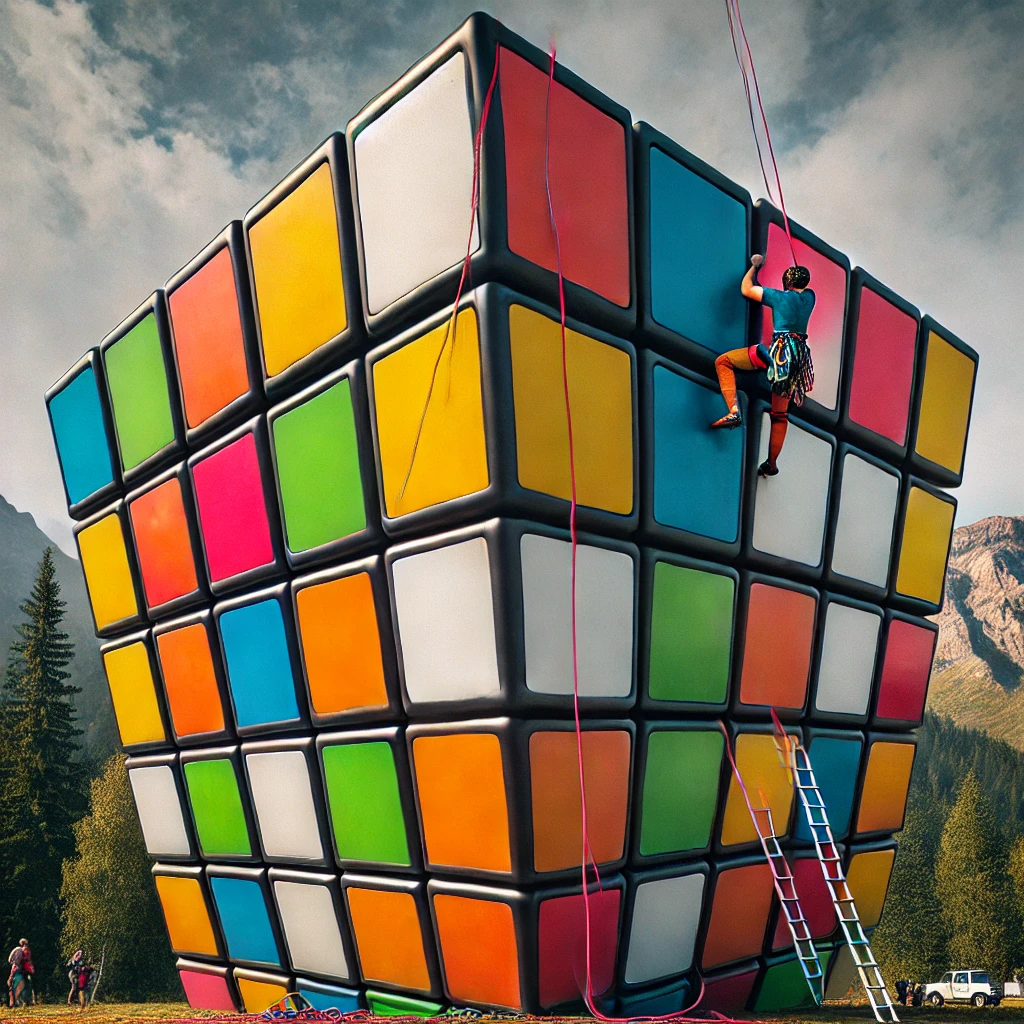Last summer I wrote about the parallels between Rubik's cubes and chess, their common opportunities to think in patterns, in algorithms, to find solutions. Now, it is wall climbing. Who would have thought?

Recently, the Wall Street Journal reported that an 18-year-old young man from Texas, Sam Watson, not only does physical exercise to prepare for wall climbing competition, but he practices chess to identify patterns and determine what is the fastest route to reach the top of wall. He can now do it in 4.8 seconds, about the same speed of 5 seconds that young students can solve a Rubik's cube challenge. His coach evaluates the team on "how they push pawns" around the board.
So, there are a number of tasks that the wall climbers have to execute to succeed. They have to assess the most efficient routes, decide fast on which path to climb, which handles to grasp and in what sequence. They must identify patterns in spaces and processes, like machine learning, like muscle memory. And the key to winning is quick decision-making.
What is astounding is that wall climbing, both its preparation and execution, mirror functions of AI: both Generative AI and Agentic AI. One creates or develops the patterns and programs and the other makes the decisions and takes action. Creating versus doing.
